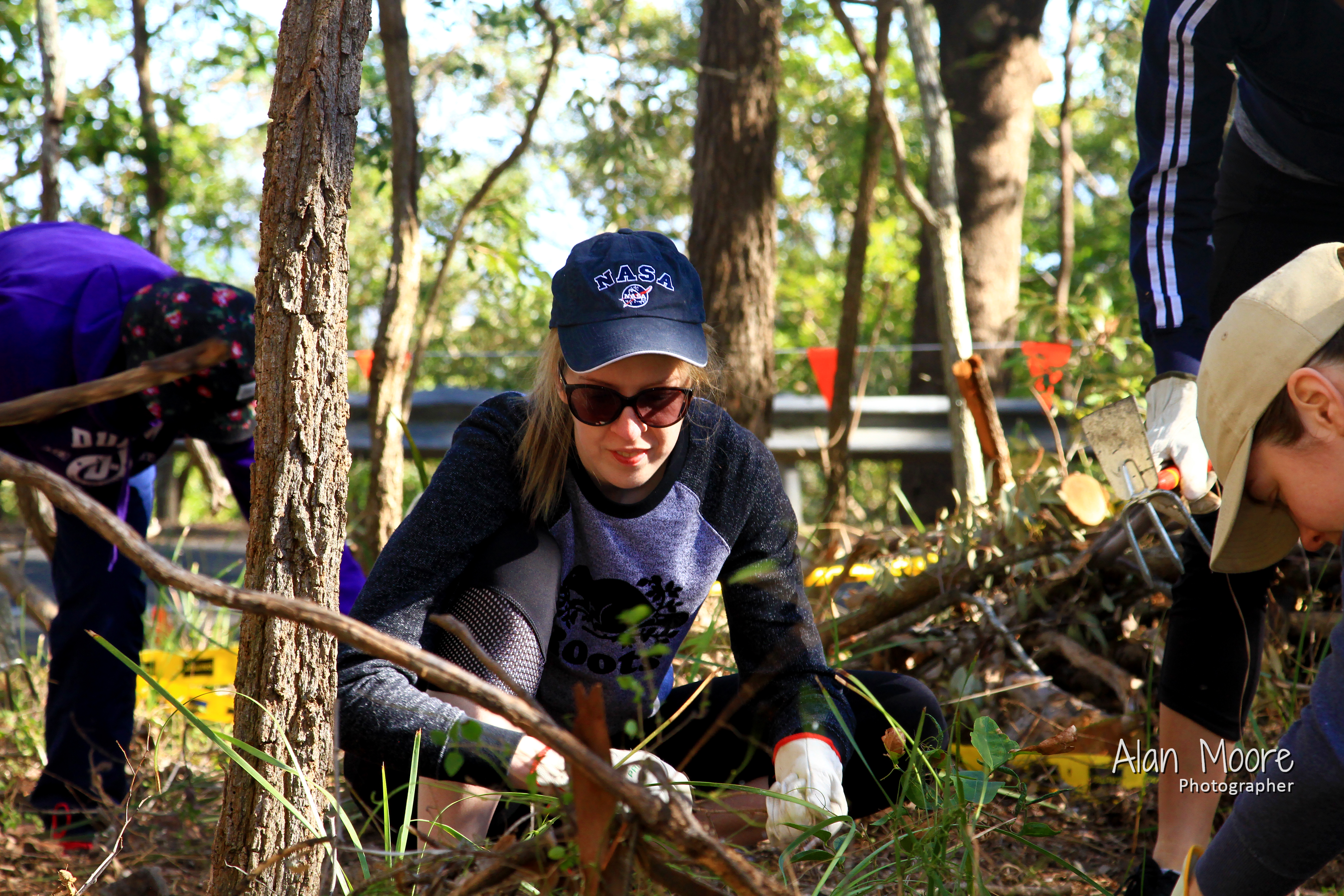By: Michael Fox
We welcomed five new volunteers today: Asitha, Andrew, Michelle, Kate and Tatiana, It was a perfect day to introduce volunteers to Bushcare … cool in the shade and so peaceful with the birds calling.
We added a new plant to our species list Sigesbeckia orientalis St Paul’s St Paul’s Wort/Indian Weed. I had this down as a weed but Kate was sure it is a native, so I checked with our Botanist Ann Moran who confirmed. I noticed that many of the leaves were chewed which is usually a good sign of a local native.
.
.
.
We also found a Joseph’s Coat Moth Agarista agricolamoth feeding on Slender Grape Cayratia clematidea.
.
.
.
.
.
.
.
.
.
.
.
.
.
A beautiful Silver Orb Spider Leucauge granulata was found in it’s web.
.
.
.
.
.
.
.
.
.
I introduced the team to a Brown Eucalypt Sawfly Pergagrapta sp. explaining that this is not actually a fly. Sawfly is a common name for some species of wasp.
.
.
.
.
.
.
.
.
.
.
.
.
A Eucalypt Leaf Beetle Paropsis maculata impressed with its interesting pallet of colours.











































